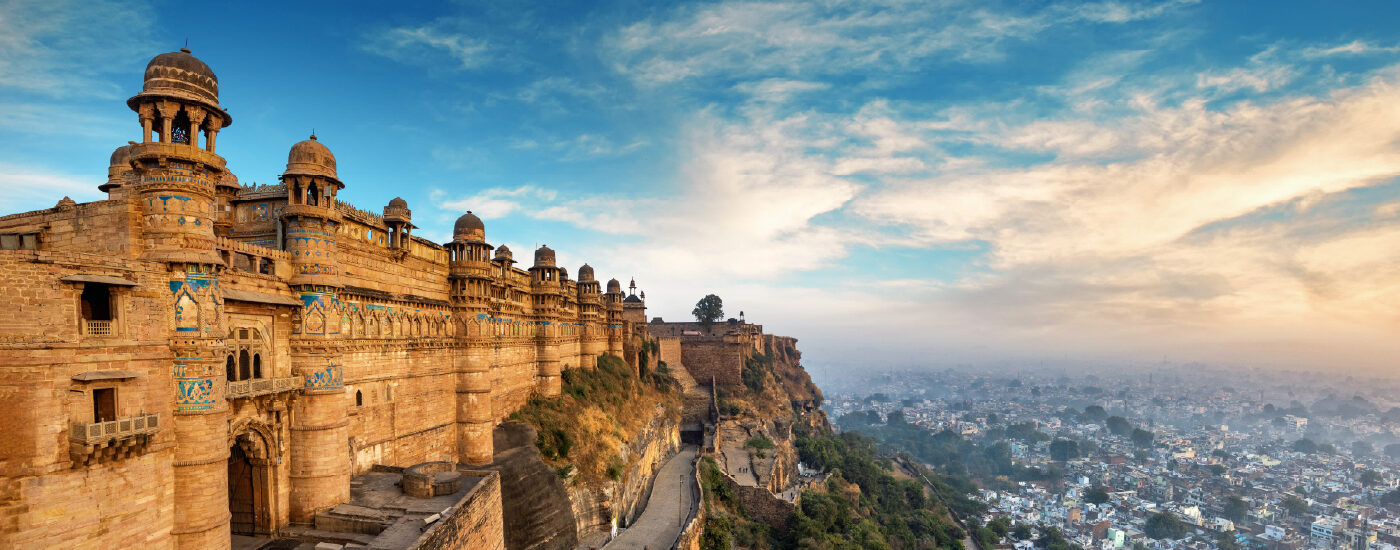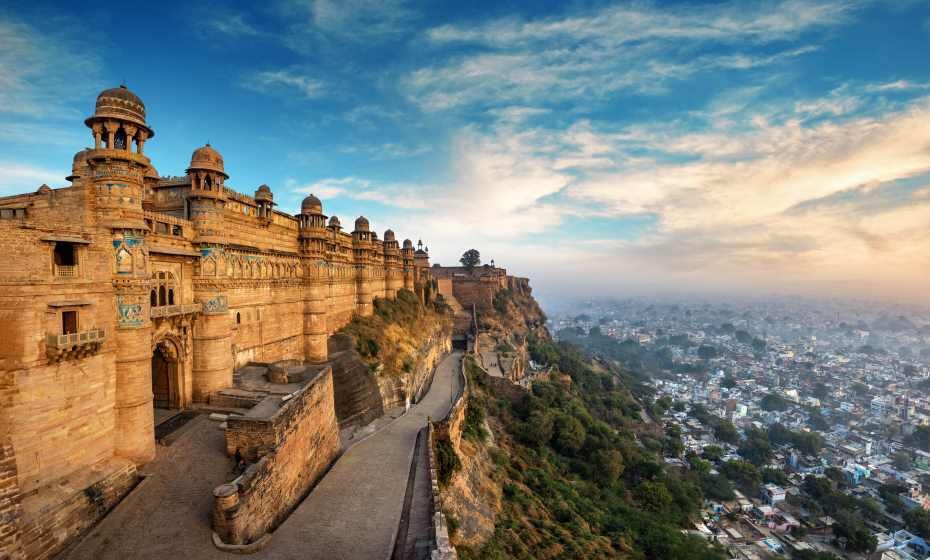Visit Gwalior: A City of Legacy, History and Culture
India’s past is full of stories of courage, resistance and culture. While cities like Delhi, Jaipur and Kolkata often take centre stage, other places offer just as much history and atmosphere, but with fewer visitors. If you’re wondering why you should visit Gwalior, we’ll explain why this hidden gem in the heart of Madhya Pradesh is the perfect destination.
Known for its impressive hilltop fort, ancient temples, royal palaces and rich musical heritage, this place also played a key role in India’s struggle for freedom. For travellers seeking a destination with depth and character, the city is a rewarding choice, whether you visit Gwalior on its own or as part of a wider tour of Central India.

A City of Strength and Defiance
Gwalior made its mark during the First War of Indian Independence in 1857. It was here that Rani Lakshmibai of Jhansi, one of India’s most famous freedom fighters, made her final stand. After fighting fiercely in her home state, she and her troops captured Gwalior Fort. She died in battle near the city, becoming a lasting symbol of bravery and resistance.
A striking statue near the fort honours her memory. Standing there, it is easy to imagine the courage and determination that filled this place during those turbulent times. When you visit Gwalior, moments like these remind you just how deeply connected the city is to India’s freedom story.
The spirit of independence continued to live on in Gwalior throughout the 20th century. Lesser-known figures like Vishnu Bhaskar Lele, who influenced the young V.D. Savarkar, worked in this region.
The Scindia rulers, who lived in the grand Jai Vilas Palace, had a complicated relationship with the British. Officially loyal to the Crown, the city became a quiet centre for nationalist meetings and underground movements. If you choose to visit Gwalior, you’ll uncover many such fascinating layers of history.
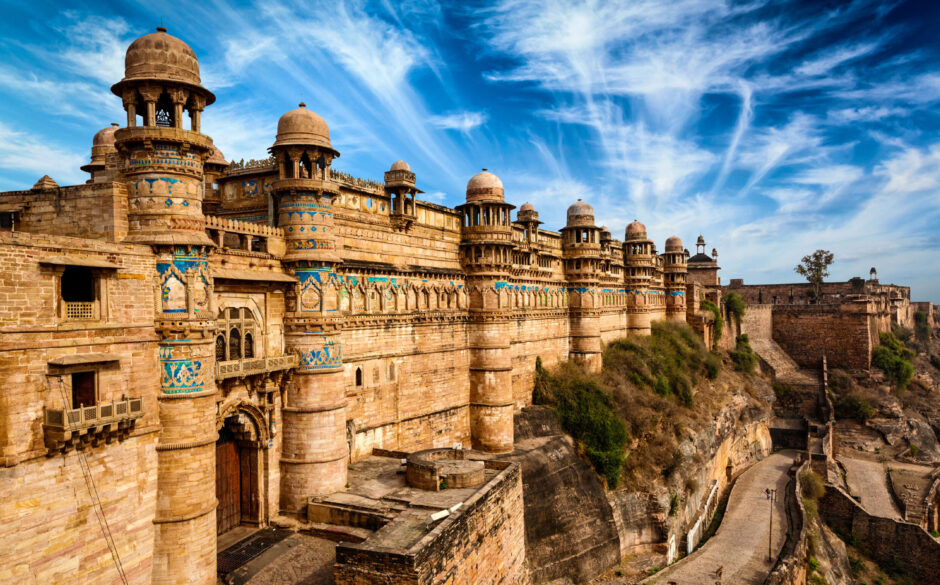
What to See in Gwalior
Gwalior is historically significant and a beautiful place with interesting places to visit. When you visit Gwalior, be sure to explore these highlights:
Gwalior Fort
Sitting high on a sandstone hill, this vast fort is sometimes called the Gibraltar of India. Inside the walls are palaces, ancient temples and the stunning blue-tiled Man Singh Palace. Do not miss the rock-cut Jain statues carved into the cliff face, which date back to the 7th century.
Jai Vilas Palace
Still home to the Scindia family, this 19th-century palace combines Italian-style architecture with Indian grandeur. The museum holds royal artefacts, including what are said to be the world’s largest chandeliers.
Sas Bahu Temples
These twin 11th-century temples are dedicated to Lord Vishnu. The name means mother-in-law and daughter-in-law, but refers to the two temples. The finely carved stonework and panoramic views make this a peaceful place to visit.
Tomb of Tansen
Tansen, one of Emperor Akbar’s legendary musicians, is buried in Gwalior. His tomb is near the dargah of his Sufi teacher. Every December, the city hosts the Tansen Music Festival, which draws classical musicians from all over India.
Gujari Mahal Archaeological Museum
Originally a palace built for Man Singh Tomar’s Gujjar queen, Mrignayani, this museum now displays sculptures and artefacts from the region.
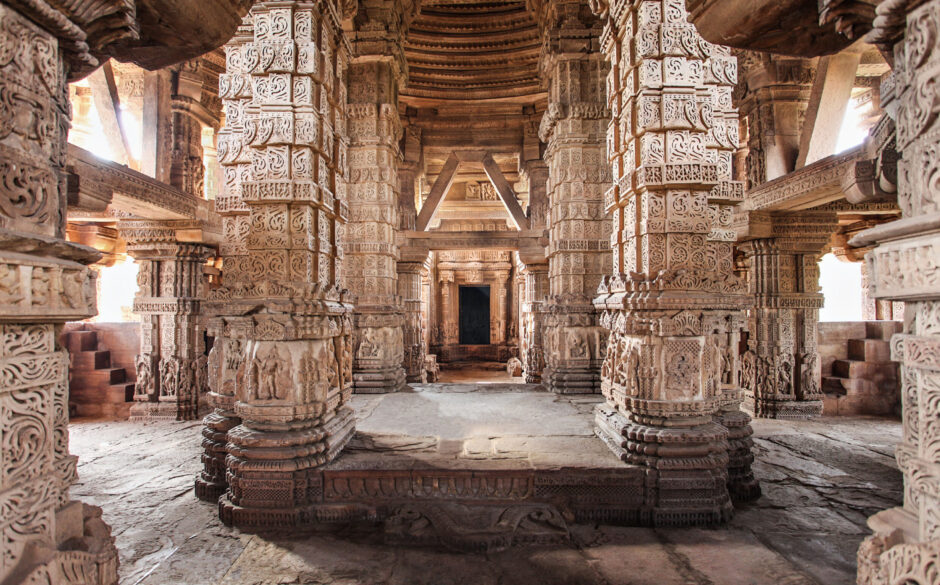
When to Visit Gwalior
The best time to explore Gwalior is between October and March, when the weather is cooler and comfortable for sightseeing. Winters bring clear skies and temperatures between 8°C and 25°C, perfect for exploring the city on foot. If you decide to visit Gwalior in December, you can experience the vibrant Tansen Festival with outdoor classical music performances.
Avoid visiting in the hot summer months from April to June when temperatures may exceed 40°C. The monsoon season from July to September brings occasional heavy rain but also lush green surroundings.
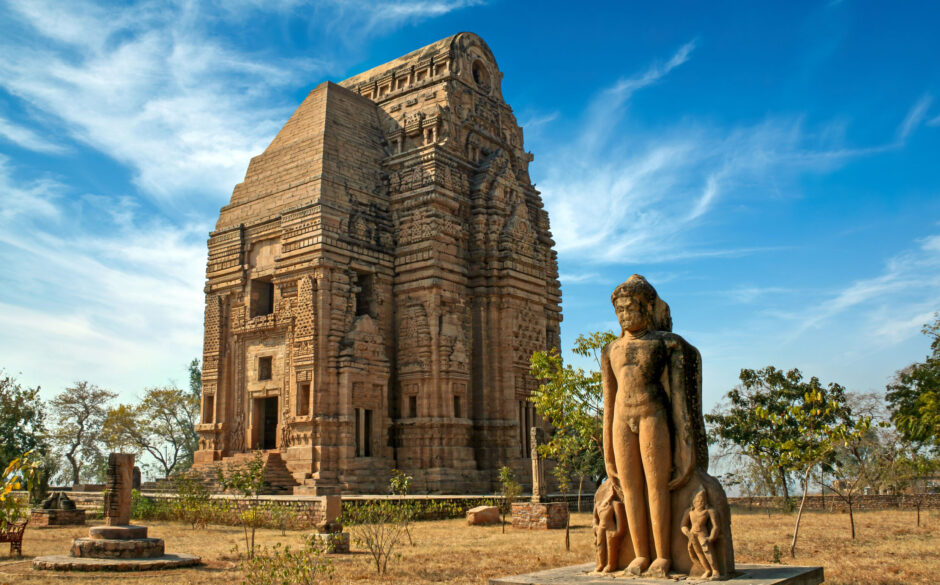
Combine Gwalior with Other Central Indian Highlights
Gwalior’s location makes it easy to include in a wider tour of Central and Northern India. When you visit Gwalior, consider adding these nearby places to your itinerary:
- Orchha (120 km, about 3 hours)
A charming riverside town known for its palaces, murals and peaceful atmosphere. - Khajuraho (280 km, 6 to 7 hours)
Famous for its intricately carved temples and is a UNESCO World Heritage Site. - Agra (120 km, about 2.5 hours)
Home of the Taj Mahal, Agra is an easy addition before or after Gwalior, connected by a fast train.
Our Passage through Central India tour is the perfect option for discovering Madhya Pradesh, including Gwalior, with a wide range of history, culture and natural beauty.
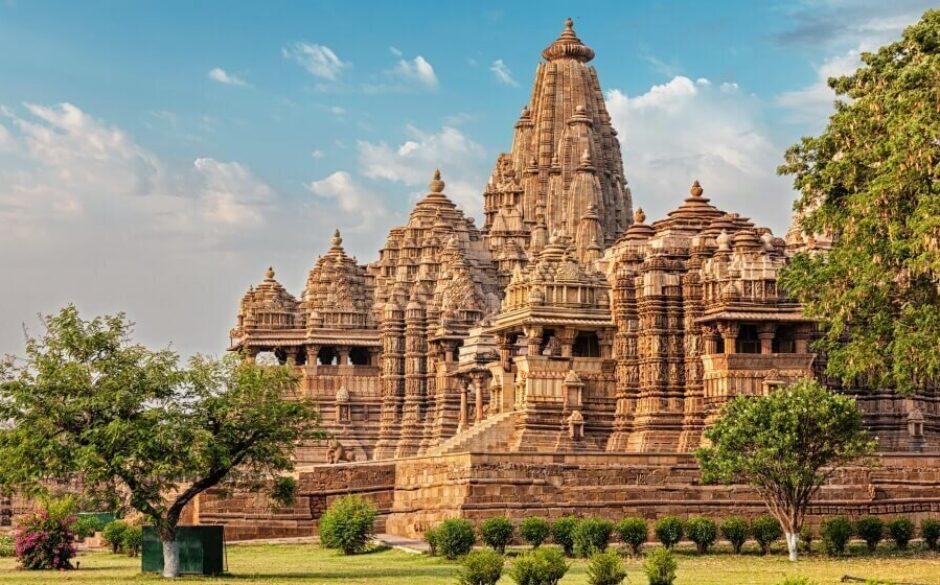
A City That Leaves an Impression
Gwalior is much more than its grand buildings and monuments. It tells a story of bravery, sacrifice and the long road to independence. It is a place where history feels alive, from the battlefields of the past to the vibrant streets today. When you visit Gwalior, you open yourself to a rich experience that few other places can match.
Whether you love history, architecture or simply want to explore somewhere off the beaten path, be sure to visit this beautiful place on your next trip to India. It offers a memorable and rewarding journey unlike many other destinations.
Add Gwalior to your next trip to India and discover a story worth telling. Contact us today to plan your bespoke trip to Gwalior.

